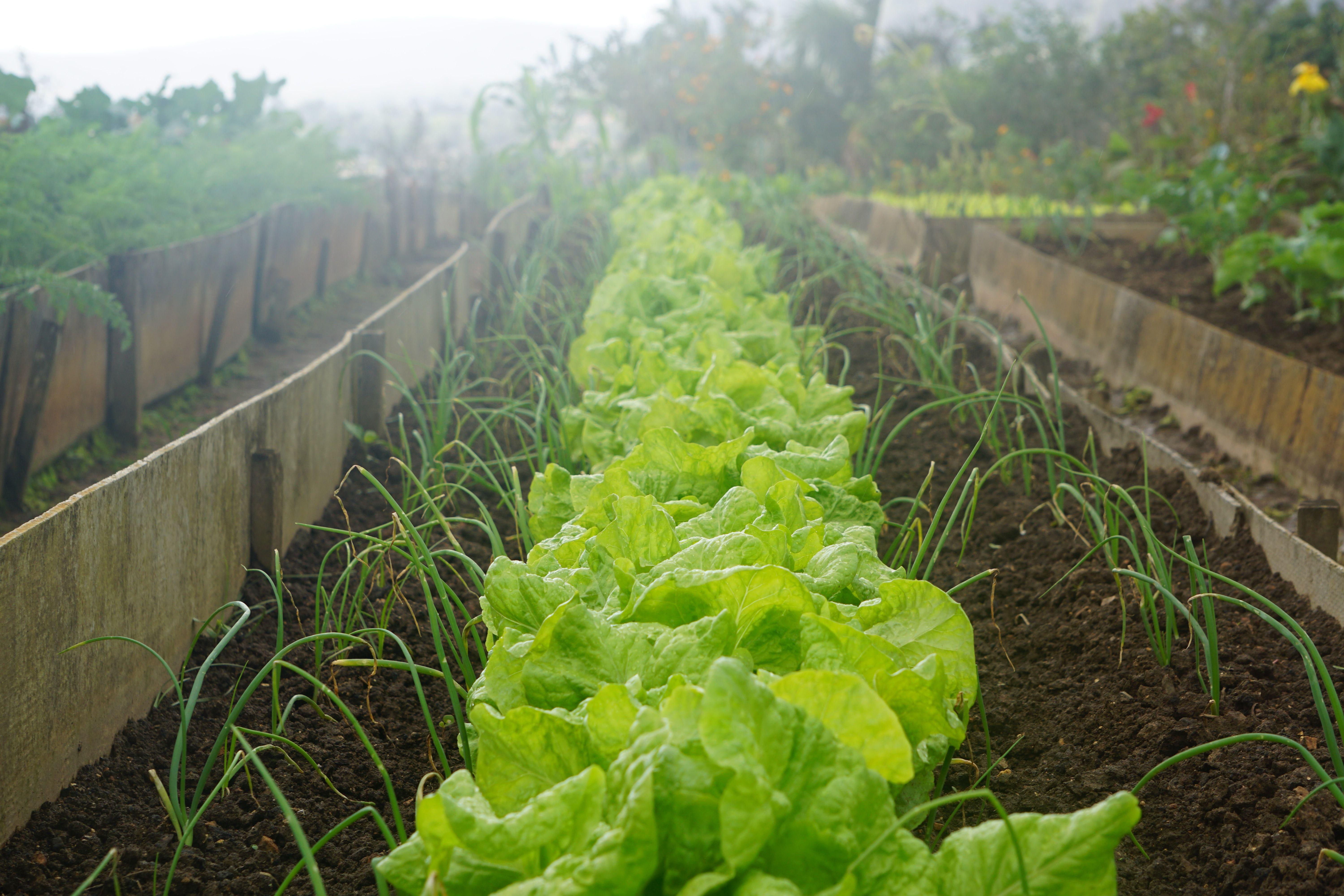
Gardening is often seen as a serene pastime, a way to reconnect with nature and cultivate some greenery in our lives. Yet, for many, the quest for a flourishing garden can feel overwhelming. The good news is that success in the garden does not always come from traditional methods. In fact, some of the most rewarding gardening experiences stem from unconventional approaches that challenge the status quo.
If you’re looking to breathe new life into your gardening routine, there are plenty of out-of-the-box tips that can lead to a thriving garden. Whether you have a sprawling backyard or a cozy balcony, adopting unique strategies can help you nurture your plants more effectively. Join us as we explore some unexpected yet highly effective gardening tips that can transform your green space into a blooming haven.
Soil Secrets for Success
To cultivate thriving greenery, understanding the soil beneath your plants is crucial. The foundation of any garden lies in the quality of its soil, which serves as a reservoir for nutrients and moisture. Start by assessing the composition of your soil; whether it is sandy, loamy, or clay-like will impact how well your plants grow. Conducting a simple soil test can provide insights into pH levels and nutrient deficiencies, allowing you to amend your soil appropriately.
Incorporating organic matter is one of the most effective gardening tips for enhancing soil health. Compost, well-rotted manure, or leaf mold enriches the soil, promoting beneficial microorganisms that aid in nutrient absorption. Regularly adding organic materials not only improves soil structure but also boosts its water retention capabilities, ensuring your plants have access to vital hydration. Consider layering your compost in the spring to prepare for a successful growing season.
Another secret to successful gardening is practicing crop rotation and companion planting. This not only helps prevent soil depletion but also reduces the risk of pest and diseases. By rotating your crops, you can replenish essential nutrients and improve overall soil fertility. Pairing plants that complement each other, such as tomatoes and basil, can enhance growth and flavor while maximizing space and resources, contributing to a flourishing garden.
Watering Wisdom
Enviroice on plants
Finding the right watering routine is crucial for plant health. Many gardeners make the mistake of watering too frequently, which can lead to root rot and other issues. Instead, understand the specific needs of your plants and allow the soil to dry out a bit between waterings. This ensures that roots have access to oxygen, promoting stronger growth.
Another effective tip is to invest in a moisture meter. This simple device can help you gauge the moisture levels in your soil, preventing over- or under-watering. It takes the guesswork out of the equation and helps you provide the perfect amount of hydration when your plants truly need it.
Consider the time of day you water your garden as well. Early morning is the ideal time, as temperatures are cooler and plants can absorb moisture before the heat of the day. Watering in the evening can lead to excess moisture on the leaves, increasing the risk of mold and diseases. Proper timing, combined with adequate moisture levels, can lead to a thriving garden.
Companion Planting Techniques
Companion planting is a gardening strategy that involves placing different plants together to enhance growth, deter pests, and even improve flavor. For instance, planting basil alongside tomatoes not only helps repel harmful insects but can also enhance the taste of the tomatoes. This harmonious relationship is rooted in the idea that certain plants can benefit each other in ways that promote a healthier garden ecosystem.
Another effective companion planting technique involves using flowers to attract beneficial insects. Marigolds are a popular choice as they draw in predatory insects like ladybugs and lacewings, which feed on common pests such as aphids. By integrating colorful blooms into your vegetable garden, you can create a visually appealing space while also bolstering your plants’ defenses against unwanted pests. This creates a natural balance that can lead to a more productive garden.
In addition to pest control, companion planting can help manage soil nutrients and promote biodiversity. For example, legumes like beans can fix nitrogen in the soil, benefiting neighboring plants that require this nutrient. By understanding the specific needs and traits of various plants, gardeners can create diverse planting combinations that support each other, resulting in a thriving garden that showcases the beauty of nature’s cooperation.
Creative Pest Control
Managing pests in the garden can often feel overwhelming, but there are plenty of unconventional strategies that can help keep your plants safe. One effective method is to introduce beneficial insects. Ladybugs and lacewings are natural predators of aphids and other harmful pests. By encouraging these insects to thrive in your garden, you can create a natural balance that minimizes the need for chemical pesticides. Planting flowers like marigolds and dill can attract these helpful critters and also enhance the beauty of your garden space.
Another interesting approach is to use essential oils to deter pests. Many essential oils, such as peppermint, lavender, and rosemary, have scents that are unpleasant to insects. Mixing a few drops of these oils with water in a spray bottle creates a natural pesticide. Spraying this mixture around the affected plants can help keep pests at bay without introducing harmful chemicals. It also allows you to enjoy the refreshing aroma as you tend to your garden.
Finally, consider creating barriers with physical objects. Row covers made of lightweight fabric can protect seedlings from insects while allowing light and moisture to pass through. Additionally, using copper tape can deter snails and slugs, as they dislike crossing the copper surface. For larger pests, such as rabbits or deer, constructing fences or using noise-making devices can prevent them from munching on your beloved plants. Combining these creative methods can lead to a thriving garden ecosystem, free of harmful pests.
Seasonal Planting Strategies
Timing is crucial when it comes to planting your garden. Understanding the seasonal growth patterns of various plants can significantly enhance your gardening success. Start by selecting plants that are well-suited to your local climate. For instance, cool-season crops like lettuce and peas thrive in early spring and fall, while warm-season crops such as tomatoes and peppers flourish in the warmer months. Researching the best planting times will help ensure that your plants receive the optimal conditions for growth.
Another effective strategy is to utilize succession planting throughout the growing season. This technique involves planting a new crop as soon as one harvest is completed, maximizing your garden’s productivity. For example, after harvesting your spring radishes, you can quickly sow summer crops like bush beans or cucumbers in the same spot. This method not only increases yield but also keeps your garden active and vibrant throughout the seasons.
Lastly, consider companion planting as a seasonal strategy that enhances biodiversity and plant health. Certain plants can benefit from being grown together, as they may deter pests or improve soil quality. For instance, planting marigolds alongside vegetables can help repel harmful insects. By planning your garden layout with companion planting in mind, you can create a synergistic environment that promotes flourishing greenery year-round.

